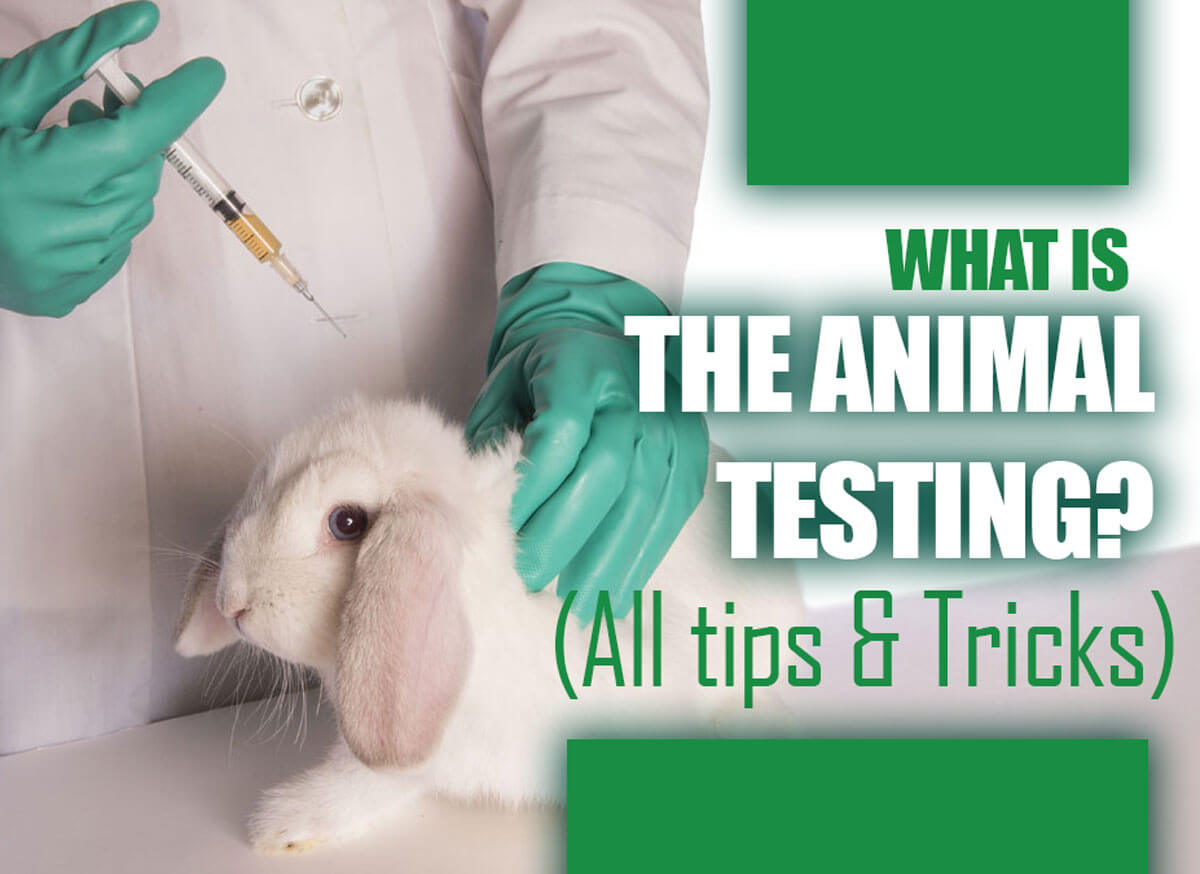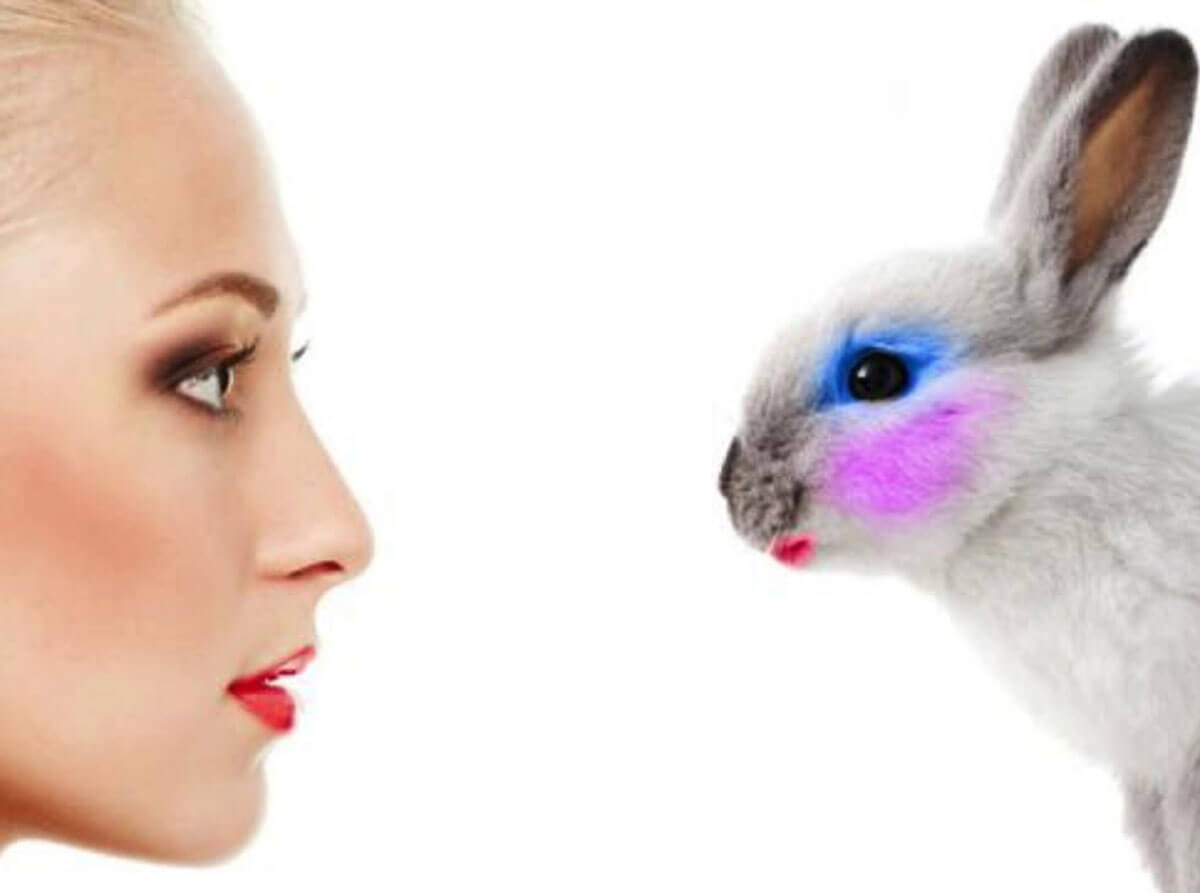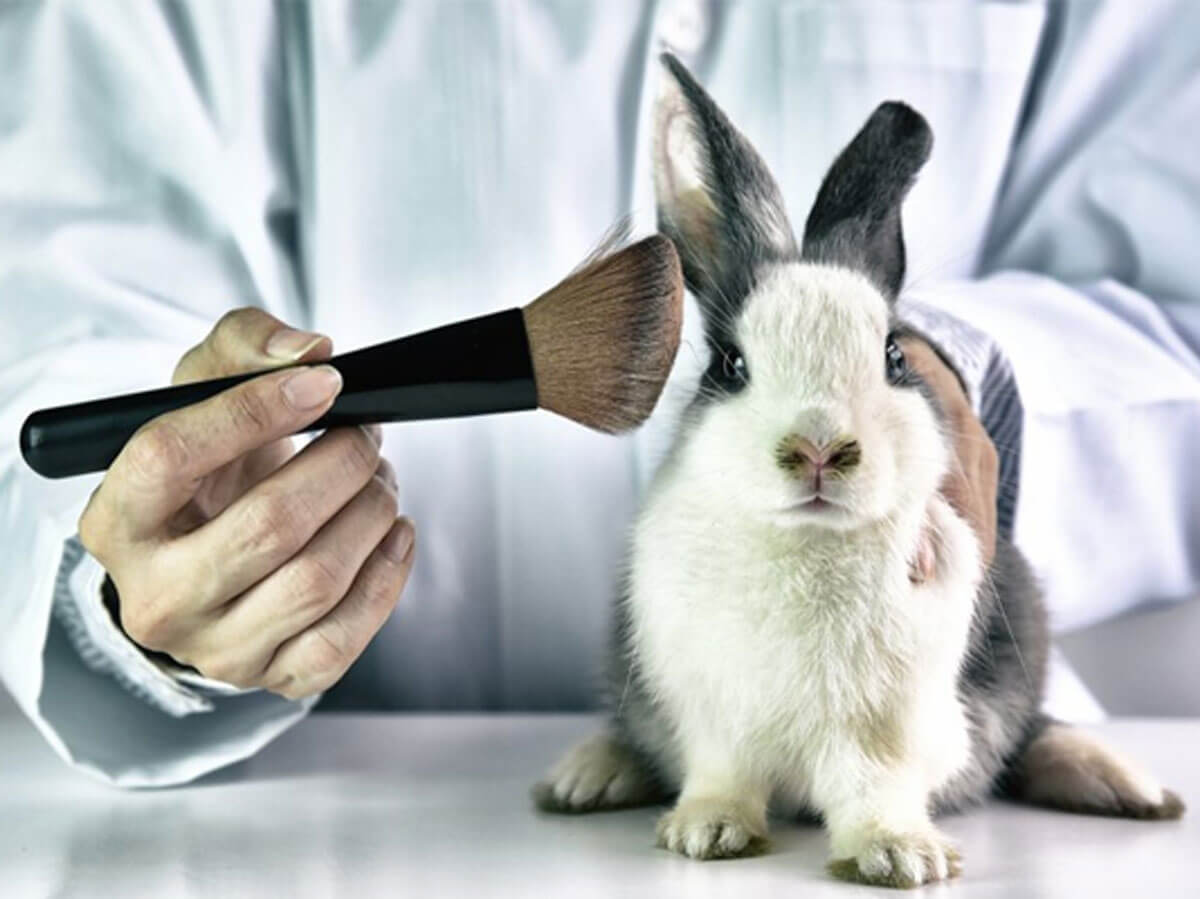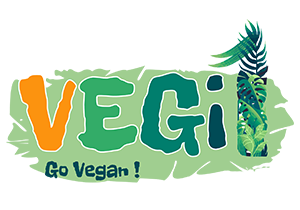What is the Animal Testing?

Hey everyone! Today, I want to share something close to my heart – the issue of animal testing.
As a vegan, I believe in the power of compassion and the importance of treating all living beings with respect. That’s why the topic of animal testing strikes a chord with me.
You see, animal testing is a practice that involves using animals to conduct experiments for various purposes, such as medical research, product safety testing, and even cosmetics.
Now that we have a solid introduction, you can continue the rest of your essay by discussing the various aspects of animal testing from a vegan’s point of view.
In this article you will read:
1. Cosmetics testing
Imagine walking into your favorite cosmetics store, excited to find that perfect shade of lipstick or that dreamy-scented lotion.
You pick up a product, glancing at the beautiful packaging and the promising claims written on it.
But have you ever stopped to think about what goes on behind the scenes before that product reaches the shelves?
Cosmetics testing, my friend, is a controversial issue that vegans like us deeply care about. We believe in promoting compassion towards all living beings, including our furry friends.
Unfortunately, many cosmetics companies still test their products on animals, subjecting them to unimaginable conditions in the name of beauty.
They are often confined to small cages, deprived of natural habitats, companionship, and the freedom to roam.
Can you imagine living your entire life in a cramped space without the ability to explore and express your natural behaviors? It’s truly heartbreaking.

2. Medication trials
When testing medications, addressing the ethical concerns surrounding animal testing is crucial. Let’s explore this topic and find some common ground.
-
The Dilemma of Animal Testing
We can’t ignore the fact that medication trials play a vital role in ensuring human health and safety.
They help us understand how drugs interact with our bodies and provide valuable insights into potential risks and benefits.
However, as vegans, we believe in extending our compassion to all animals, including those used in testing.
-
The Conditions
Animal testing, as it stands today, often involves subjecting animals to various procedures that can cause pain, distress, and suffering.
This can include force-feeding, injections, and even surgical interventions.
Imagine being confined to a small cage, unable to roam freely or express natural behaviors. It’s a tough pill to swallow.
-
The Need for Alternatives
While medication trials are important, exploring and investing in alternative methods that don’t involve animal testing is essential.
Technological advancements have created innovative alternatives such as in vitro studies, computer simulations, and human cell cultures.
These methods have the potential to provide accurate and reliable results without causing harm to animals.
-
Advocating for Change
As vegans, we believe in taking a stand for what we believe is right.
We can support organizations and companies actively working to reduce and eliminate animal testing.
By encouraging the development and adoption of alternative testing methods, we can contribute to a more compassionate future for humans and animals.

3. Product toxicity
Alright, let’s start with the basics. Product toxicity is all about those yucky chemicals hiding in what we use daily.
We’re talking about substances that can mess with our health, the well-being of animals, and even the environment. And as vegans, we’re not too keen on that.
Now, here’s where things get messy. Some companies still think it’s cool to test their products on animals. Seriously?
That means innocent critters suffer through experiments to check if a product is safe. No way, Jose!
Vegans are about compassion, so we do not use animals as guinea pigs.
-
The Ethical Dilemma
Picture this: a bunny or a cute little mouse getting poked and prodded, all in the name of product safety. Ugh, it’s like a bad horror movie!
We, vegans, believe in doing no harm, which means finding better ways to test products without torturing animals. Let’s be real here—there’s got to be a kinder, smarter approach, right?
-
Alternatives to Animal Testing
Good news, peeps! There are cool alternatives to animal testing out there. Science has come a long way, and we now have fancy tech stuff like in vitro testing, computer models, and even human tissue cultures.
These methods are legit, accurate, and, most importantly, cruelty-free. It’s time to ditch the old ways and embrace these compassionate alternatives.
4. Animal breeding for experiments
Animal breeding for experiments often serves the purpose of producing specific genetic traits or strains for scientific research.
These animals are bred with certain characteristics to mimic human diseases or conditions, aiming to find potential cures or treatments.
While the intentions may be noble, it’s essential to consider the conditions in which these animals are bred.
Most animals bred for experiments are raised in confined spaces, such as laboratories or specially designed facilities.
They spend their entire lives in cages or enclosures, devoid of the freedom to roam, explore, or express their natural behaviors.
For example, mice bred for experiments are typically housed in small cages with limited space to move around.
They are often subjected to stressful environments that harm their emotional and psychological well-being.
The lack of mental stimulation and social interaction can lead to depression, anxiety, and other forms of distress. These animals have feelings and emotions like our beloved pets at home.
5. Lack of regulations
One significant issue that keeps me up at night is the shocking lack of regulation in animal testing. So, grab a soy latte, sit back, and explore this problem together.
What’s the Deal with Regulation Anyway? Regarding animal testing, the lack of proper regulation is a real concern. It’s like having a wild circus without a ringleader – things can quickly spiral out of control.
Without adequate oversight, the conditions in which these tests occur can be downright appalling.
Cramped cages, unsanitary conditions, and animals living in constant distress. Unfortunately, this is the harsh reality for many animals used in testing.
Since there are no strict guidelines, some laboratories prioritize cutting costs over animal welfare.
It breaks my heart to think about innocent creatures enduring unnecessary suffering due to negligence and a lack of accountability.
Transparency should be a no-brainer. However, when it comes to animal testing, secrecy often prevails.
Many experiments are shrouded in a veil of confidentiality, making it challenging to gauge the extent of cruelty that animals endure.
Without regulation demanding transparency, it’s like trying to solve a puzzle without all the pieces.
6. Invasive procedures
What’s the deal with invasive procedures in animal testing?
Alright, picture this: scientists doing experiments that involve getting all up in an animal’s business.
We’re talking surgeries, poking, prodding, and all that jazz. They do it to study how different substances, treatments, or diseases affect animals.
Then, they try to relate the findings to us humans. Sounds intense. But hold on; we must dig deeper and discuss these critters’ conditions.
Animals in invasive procedures go through a lot of stress and discomfort because, let’s face it, labs aren’t their happy place. It messes with their heads and bodies, poor things.
They can’t stretch their legs, do animal things, or roam freely. It’s like putting a pop star in a tiny dressing room – cramped and frustrating!
It’s a sad truth, but the stress, trauma, and experimental conditions affect their health, so they can’t live their full lives as they should.
7. Alternative methods available
Thankfully, several alternative methods can be used instead, allowing us to progress in science and research while being kind to animals.
One alternative method gaining popularity is in vitro testing, also known as test tube experiments.
This technique involves studying cells, tissues, or organs in a controlled laboratory environment.
By using human cells or cells from other sources, scientists can mimic the functioning of the human body more accurately.
In vitro testing has already shown promising results, eliminating the need to harm animals.
Another alternative method is computer modeling and simulation. With technological advancements, scientists can create sophisticated computer models that simulate the effects of certain substances on the human body.
By inputting data and running simulations, researchers can predict the potential outcomes without harming animals.
This approach saves countless lives, provides quicker results, and reduces the costs associated with animal testing.
8. Ethical implications
When it comes to animal testing, it’s important to consider the immense suffering experienced by these innocent creatures.
Animals subjected to tests endure confinement, fear, pain, and distress.
Evaluating the reliability and applicability of animal testing results to humans is essential. While animals share some biological similarities with us, they also have distinct differences.
Consequently, findings from animal studies may only sometimes translate accurately to humans.
Animal testing challenges this moral stance by treating animals as mere resources for human benefit.
Our actions should be guided by empathy, compassion, and a deep respect for the intrinsic value of all life.
Adopting alternative research methods that align with these principles will be crucial in shaping a more ethical and compassionate future.
9. Species differences
Imagine a world where all animals are identical in every way. It would be quite a monotonous place, wouldn’t it?
Well, the same goes for the animal kingdom. Each species is unique, with distinct behaviors, physiological processes, and biological systems.
That’s why considering “species differences” becomes crucial when discussing animal testing.
Consider a scenario where a particular drug is tested for human consumption.
It is reasonable to use an animal species that is phylogenetically similar to humans, such as primates or mammals.
However, this choice only guarantees accurate results due to inherent species differences.
For instance, a drug that proves safe for monkeys may not have the same effect on humans.
The uniqueness of each species, including differences in metabolism, immune responses, and genetic makeup, can lead to varying outcomes.
Consequently, relying solely on animal testing to predict human responses can be misleading and potentially harmful.
10. Public opinion & demand for change
First, it’s important to recognize that public opinion regarding animal testing has evolved.
Back in the day, it was generally accepted as a necessary evil for scientific and medical progress.
But nowadays, there’s a growing awareness and concern about the ethical implications of subjecting animals to testing.
When we consider the conditions under which animal testing is often conducted, it becomes clear why it sparks such strong emotions and prompts demand for change.
Many animals used in testing are confined to small cages, deprived of natural behaviors, and subjected to potentially harmful procedures.
It’s heart-wrenching to think about innocent animals enduring pain and distress for the sake of our scientific advancements.
Plus, there’s always the question of whether the results obtained from animal testing can even be reliably applied to humans due to biological differences.
Change is happening. People are becoming more informed about alternative methods and technologies that can replace animal testing.
Innovative approaches like in vitro testing (using cells and tissues) and computer simulations are proving to be effective alternatives, reducing the need for animal experimentation.
Let’s recap
We’ve delved into the ethical concerns surrounding this practice and the alternatives in today’s world.
From cosmetics to medical research, the use of animals in testing has been a topic of heated debate, and it’s clear that a change is long overdue.
It’s time to reevaluate our reliance on animal testing and strive for a more compassionate and sustainable future.
As a vegan, I believe in the power of empathy and the potential for positive change.
Let’s embrace innovative alternatives, challenge outdated practices, and work together toward a world where no sentient being is subjected to unnecessary suffering.
Together, we can make a difference.
If you know other animal testing methods, do not hesitate to share them with me.










